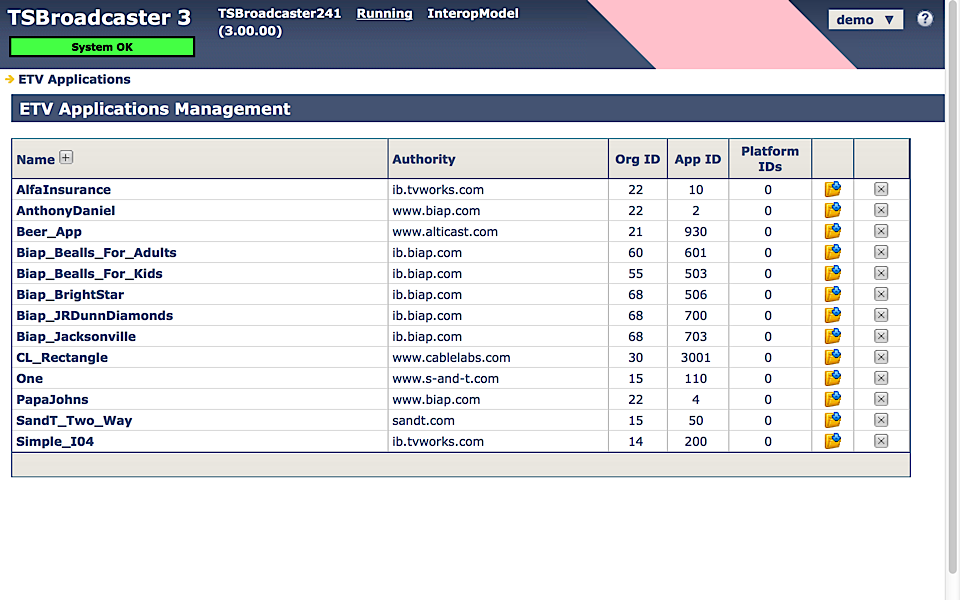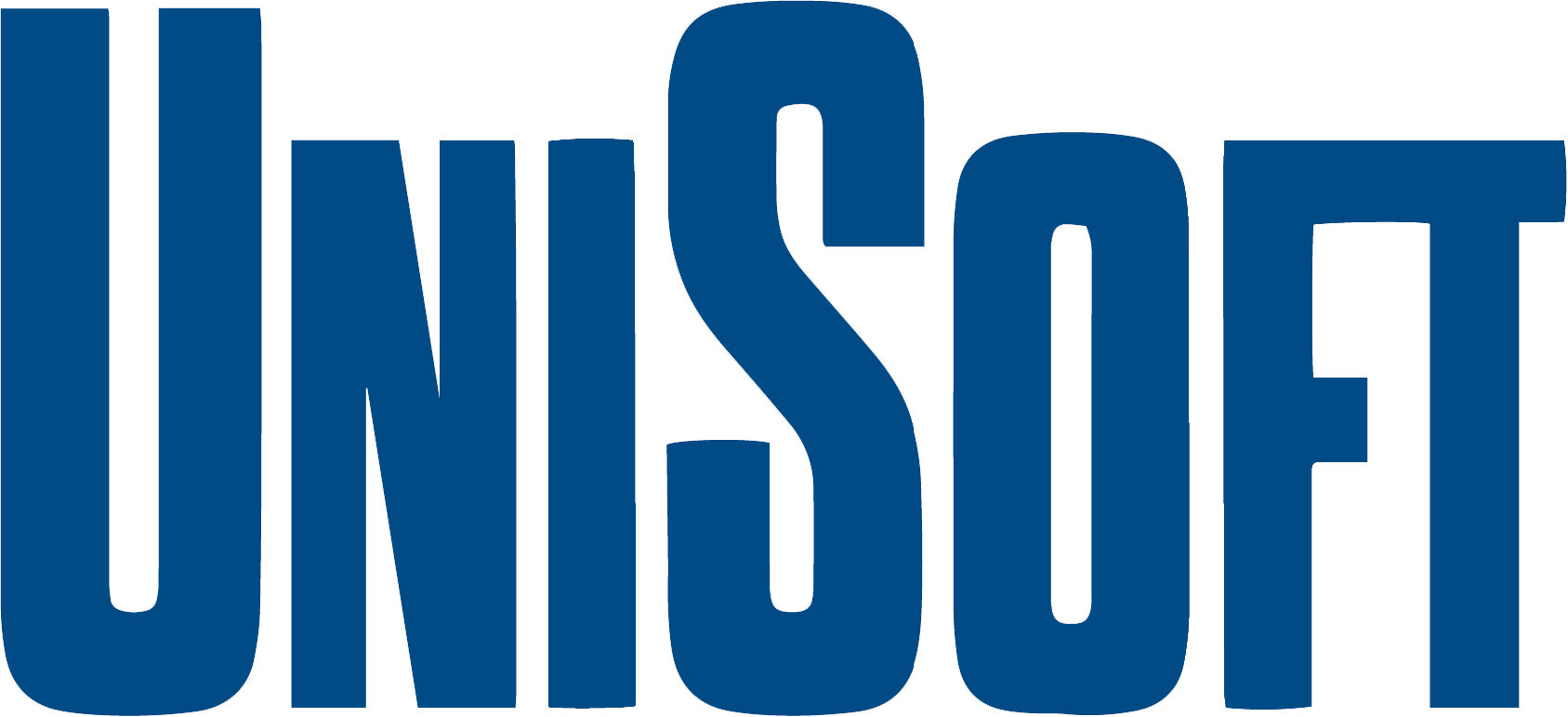EBIF
EBIF is an Enhanced TV standard which provides a way in which interactive TV applications may be deployed to legacy cable set-top-boxes, such as the Motorola DCT 2000, the Cisco (S-A) Explorer 2000 and many of the subsequent models. EBIF applications are required to run on OCAP set-top-boxes as well.
EBIF was specified by CableLabs in response to direction by its MSO members who wanted to deploy interactive applications on existing STBs without the necessity of a truck-roll. Whilst Comcast has around 20 million EBIF enabled homes, the standard is generally being replaced by HTML5 as a bound application authoring language.
EBIF applications consist of a collection of one or more partitions containing resources and programmatic data. These applications are interpreted by an EBIF User Agent ("UA"), which needs to be implemented as native code on the set-top-box. The UA is responsible for decoding and rendering EBIF constructs on the TV screen.
In terms of transmission from the headend or programmer uplink, EBIF requires a number of additions to a standard MPEG transport stream. These include two new descriptors in the PMT, an Elementary Stream containing an EISS Table (the ETV integrated signaling stream) and a data carousel for carriage of the application. The EISS contains three additional descriptors including a reference to the data carousel.
The carousel is either a DSM-CC Data Carousel or an Alternative Constrained Data Carousel (DigiCypherII) where the section size is limited to less than 1KB. The DSM-CC Data Carousel is required for Cisco set-to-boxes running EBIF user agents and DigiCypherII is required for Motorola DCTs.
S&T's TSBroadcaster fully supports delivery of EBIF applications.
 TSBroadcaster ETV Applications Management Screen
TSBroadcaster ETV Applications Management ScreenFor a while EBIF was a key component of a number of advanced advertising initiatives within the cable industry (Canoe, CableLabs SaFi and SCTE-130). Of course this situtation changed drastically following the demise of Canoe circa Feburary 2012.
